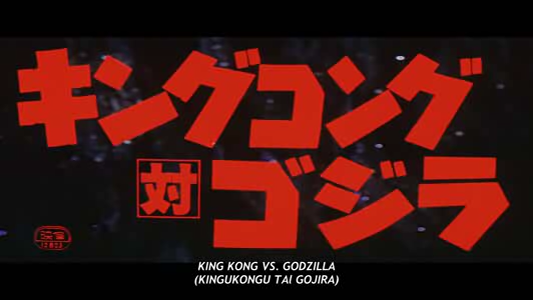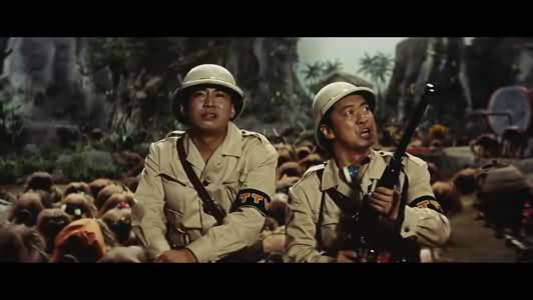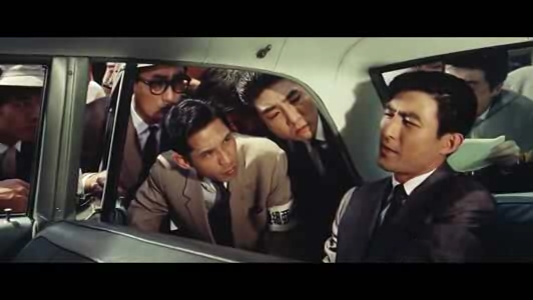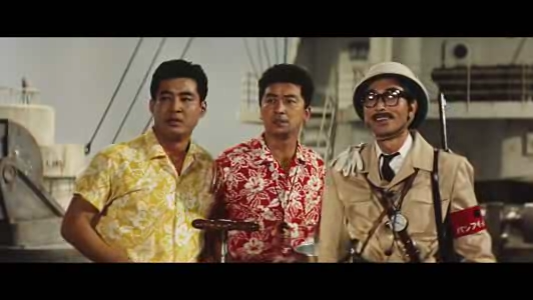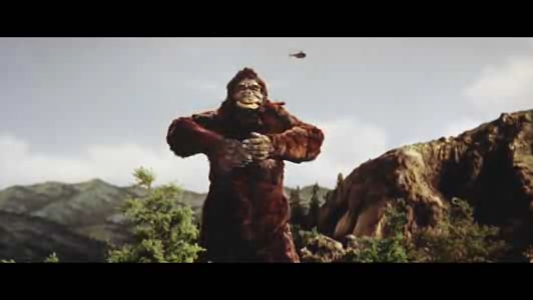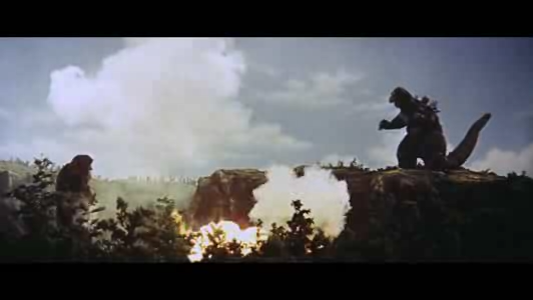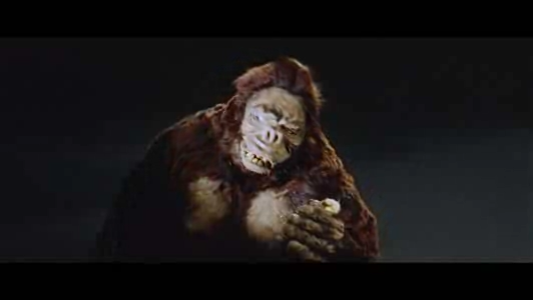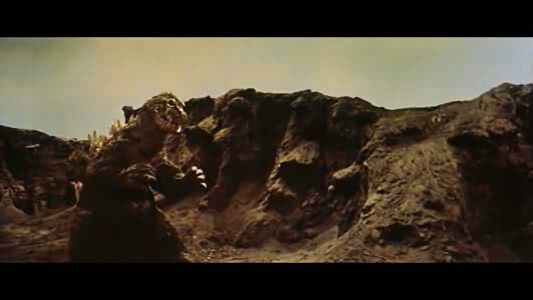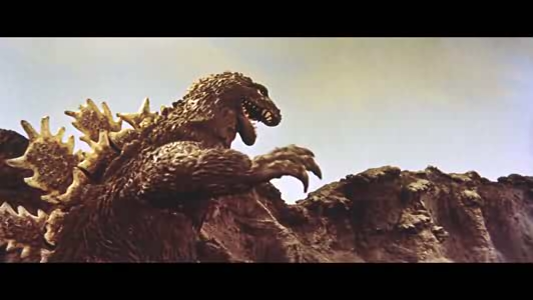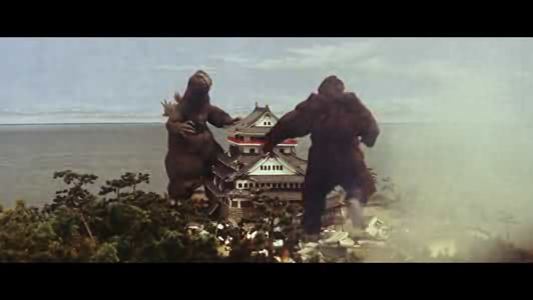-
#512 – The Day of the Triffids (1962)
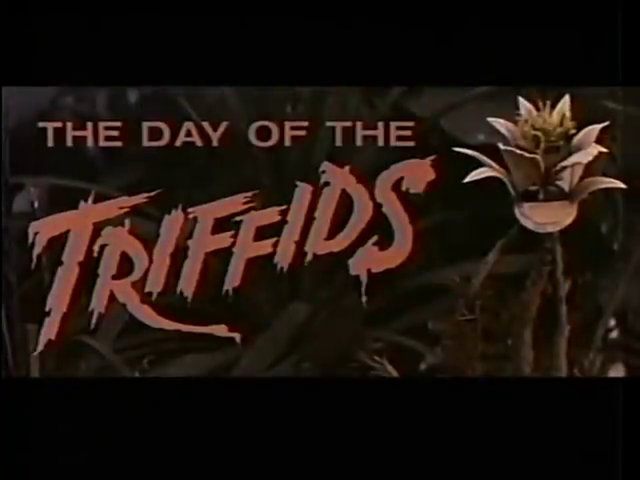
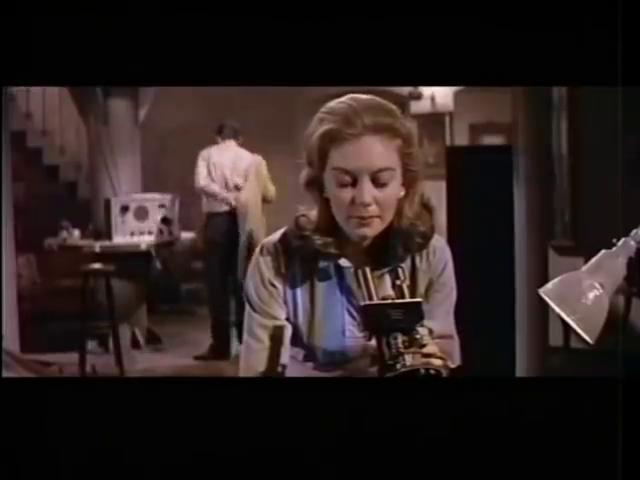
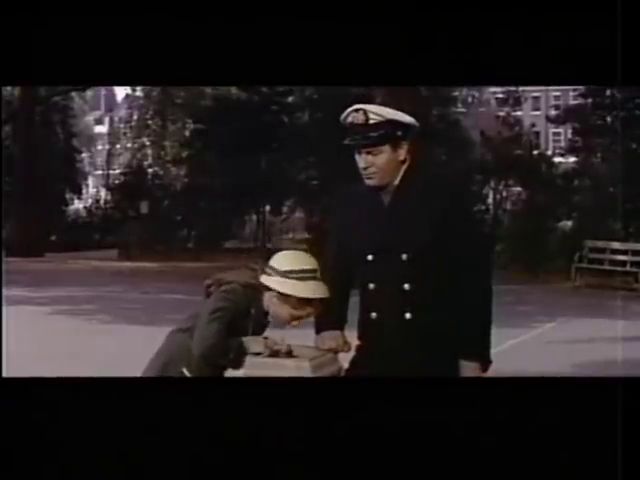
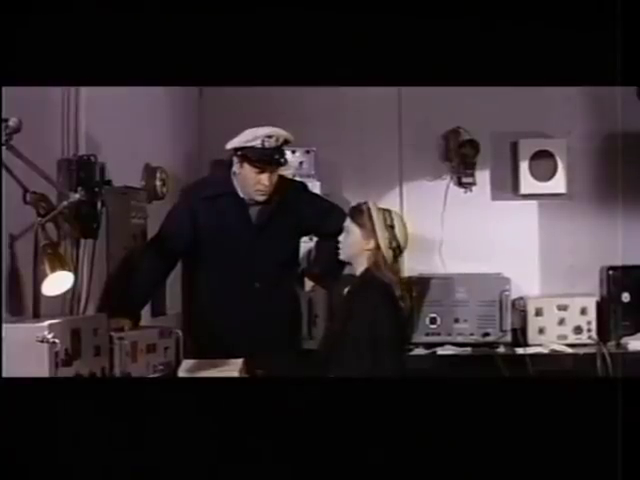
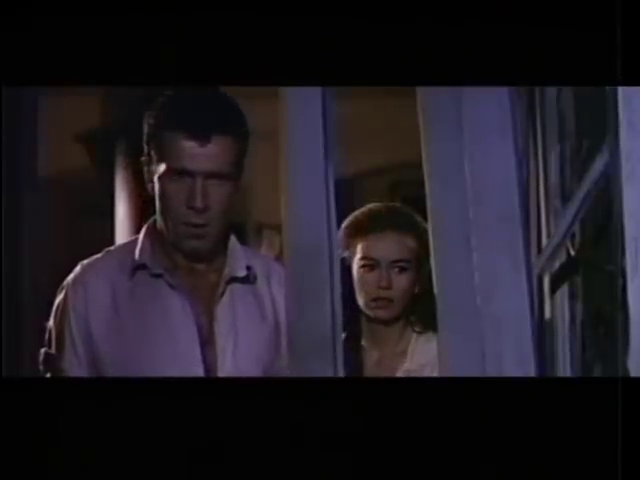
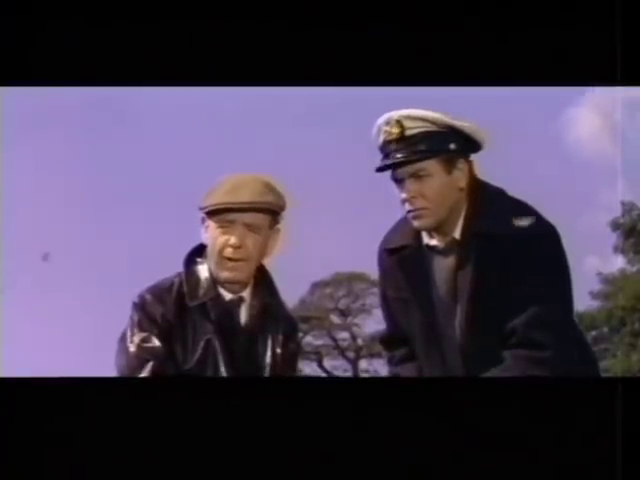
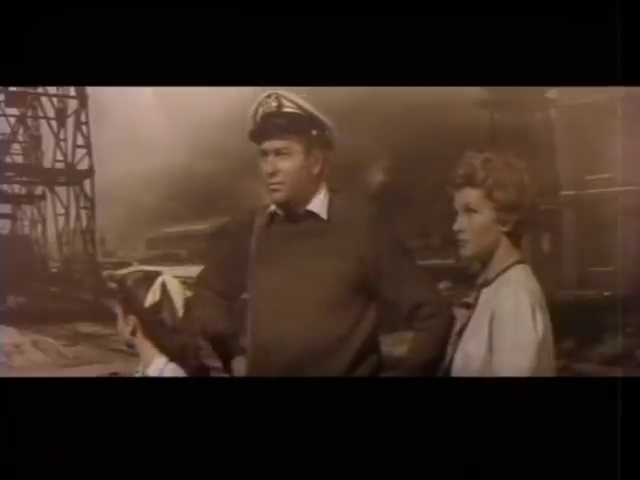
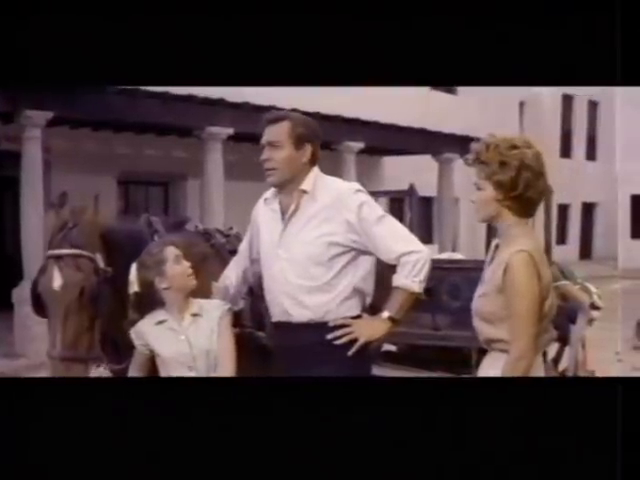
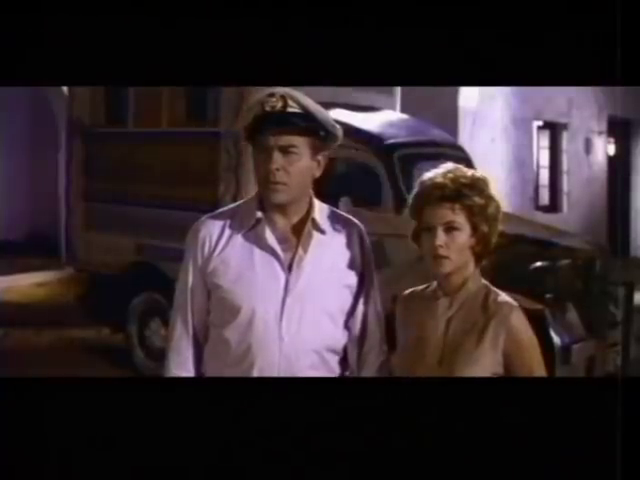
The Day of the Triffids (1962)
Film review #512
Directors: Steve Sekely, Freddie Francis
SYNOPSIS: After a meteor shower that is seen across the globe, nearly everybody on Earth is blinded by it. Billy Masen, a merchant navy officer, avoids being blinded as he has had his eyes bandaged up from an operation. He takes off his bandages to find he is one of the few people in the world who has not been blinded, and also that the meteor shower has released a strange plant called triffids that are multiplying rapidly, and attacking people…
THOUGHTS/ANALYSIS: The Day of the Triffids is a 1962 sci-fi horror film based on the novel of the same name by John Wyndham. The film begins with introducing Bill Masen, A merchant navy officer, who is resting in hospital after an eye operation. While his eyes are covered up in bandages, a meteor shower seen across the world blinds almost everybody on Earth. Bill is unaffected because of the bandages covering his eyes, and wakes up the next morning to remove his bandages and find that everyone else around him has gone blind. This has caused not only to society to break down and all services and communications to cease, but also the meteors have released a strange species of plant called Triffids that can move and attack people. The film is a balance between a post-apocalyptic survival film, and also a classic B-movie monster movie, and for most part, it is balanced quite well. The tone of the film remains serious and desperate, without too much of that low-budget b-movie tone undoing it. There’s also a good balance between the two sides of the story presented to us, with Bill and those he meets trying to survive in the world, and scientists Tom and Karen Goodwin, isolated from the world at a remote lighthouse, try to investigate the triffids and find a way to stop them, separating the explanations and exposition from the drama-heavy story of Bill and those around him trying to survive. It should be noted though, that the film is not a particularly faithful adaptation of the book, as it moves some of the settings and omits some characters. There are other adaptations that are more faithful, so you may want to look there if you want something closer to the book.
Apart from the good balance of characters and tone, there’s also some good shots and settings that set the scene rather well. Shots of the streets of London and Paris deserted are rather striking, and the scenes exploring the fallout of everybody being blind, from mass panic and planes being unable to land gives us some dramatic moments with big consequences, but the main focus is on Bill and his group’s isolated struggle for survival. The triffids themselves look like a b-movie creature, but manage to be quite menacing and threatening at some points, particularly in one scene where you see a hoard of them amassing behind an electric fence.
The ending is perhaps the weakest part of the film, and again something that deviates from the original novel: it turns out that the triffids dissolve in seawater…and that’s it. The world is saved apparently. It’s an ending twist similar to The War of the Worlds, which released a film adaptation in 19053, and had the invading Martians unable to survive in the earth’s atmosphere outside of their protective environments. We’re not given an insight into how the world is meant to carry on with nearly everybody blinded, but I suppose Bill’s story has a solid ending with him and his cohort reaching safety. One other notable aspect of the ending is that some survivors who have been trapped in a submarine emerge, and…go to a church to give thanks for their survival. This is an odd choice for an ending, particularly because Wyndham was not a religious person, but a a fair few of these sci-fi horror films (The Day the Earth Stood Still springs to mind), where ultimately God and religion are shown to still be all-powerful in the face of science. It’s an ending that comes out of nowhere and isn’t necessary, but is not uncommon in films of this era. Overall, The Day of the Triffids has some good aspects to it: it benefits from having the structure of the novel to balance out the different aspects of the film, but becomes a lot weaker when it deviates from it. The Triffids are a fairly terrifying monster in particular scenes, and are more memorable than a lot of monsters, but their undoing is a little contrived and uninspired. A good example of a b-movie monster flick, with some post-apocalyptic elements that heighten the drama.
-
#338 – King Kong vs Godzilla (1962)
King Kong vs Godzilla (1962)
Film review #338
dir. Ishirō Honda
SYNOPSIS: Pacific Pharmaceuticals are having trouble coming up with some successful advertising. Mr. Tako, the head of the company, is told about a monster that exists on a remote island, and sends Sakurai and Kinsaburo, two of his employees, to capture it so he can use it as the new mascot for the company. However, another monster appears: Godzilla is back and goes on the rampage, and a plan is devised to bring Godzilla and this new monster, King Kong, together in the hopes they destroy each other before they destroy everything else…
THOUGHTS/ANALYSIS: King Kong vs Godzilla is a 1962 monster film and the third film in the Godzilla series. Given that King Kong is a Hollywood character, and Godzilla a product of Japanese cinema, this film is a true crossover of east vs west. The film starts off showing the failed marketing of Pacific Pharmaceuticals, and their boss Mr. Tako tearing his hair out trying to get attention for the company. A doctor tells Mr. Tako about a remote island in the South, where an indigenous tribe worships some kind of monster. Mr. Tako somehow concludes that getting this monster to advertise his products as a mascot would lead to the company dominating TV ratings, and so sends to marketers Sakurai and Kinsaburo to the island in order to capture the monster and bring it back to Japan. This monster turns out of course, to be King Kong, and the opening act of the film focuses on his origin story. It’s pretty similar to earlier incarnations in that King Kong is worshipped as a God by an indigenous tribe, who make various offerings to him. The film slowly builds up to his appearance then engages in a fight scene with a giant octopus (really just a regular-sized octopus on a model set), which establishes King Kong’s strength and showcases his power before the inevitable meeting with Godzilla. It doesn’t add much to the character of King Kong, but it doesn’t need to: some characters just don’t need to be more complex or have a motivation to smash stuff.
When King Kong is sedated and on the way back to Japan, Godzilla awakens from being trapped in ice, and heads off on the rampage. The Japanese Self Defense Force tries a number of operations to try and stop it, but all of them fail. The only option left to them is to get King Kong and Godzilla to meet and destroy each other. It should be noted that the whole tone of this film is a lot lighter than the previous two Godzilla films. The story being based around using these monsters in a war for TV ratings shifts the focus from the horrors of the destruction to more of a satirical look at human’s and corporation’s response to tragedy to use it to maximise attention and ratings. This ultimately makes the film a bit more goofy and silly than the original two films, which were very dark, and had powerful messages about Japan’s relationship to destruction and nuclear technology in the aftermath of the Hiroshima bomb. It’s not a bad move that the film takes, it’s just something different, and it is the direction the film series takes after this one to appeal more to younger viewers. Again, we get the basic plot points of King Kong condensed into this film, with him being captured, breaking loose, and going on a rampage in a city, while kidnapping a woman and climbing a tall building. The people that made this film clearly wanted to tell King Kong’s story in full, but also in their own way, making him feel almost at home in the setting of Japan, by which I mean trashing their cities…
When we eventually see King Kong and Godzila face off, Godzilla manages to overcome King Kong easily thanks to his atomic breath meaning King Kong cannot even get close. In their second meeting, King Kong fares better thanks to having absorbed electricity form power lines and an oncoming lightning storm: it is hinted that King Kong has the ability to summon storms and has an affinity with lightning, but it’s not explained very well. So while King Kong eventually emerges the winner in the end, Godzilla gets a victory as well, so it should satisfy both fans. Apparently King Kong was even more popular than Godzilla in Japan at the time, so having him win at the end obviously satisfies more people. The monsters are played as in previous Godzilla films by men in suits rampaging over model sets. The suits look decent, and the fighting is carefully choreographed, but does get a little silly at points, such as when they’re throwing rocks at each other. Some of the plans to deal with Godzilla are very cartoon-ish too, such as literally digging a pit and covering it up, so that Godzilla will fall down into it. Also airlifting King Kong by tying balloons to him looks pretty silly.
This is the first time we have seen Godzilla and King Kong in colour, since their previous films were in black and white too, and the addition of colour definitely makes them look less threatening anyway. One thing that stands out is Godzilla’s big eyes that are almost cartoon-like, whereas King Kong looks extremely messy and primal, which sets up a good contrast between the two. The effects are pretty decent, but there’s not as much destruction as the previous films, probably because over half the film’s budget went to securing the rights to use King Kong in the film. Overall though, while it is a little different in tone to previous Godzilla films, it changes things enough to keep it fresh, and is structured well to tell the story of two monsters alongside giving ample screen-time to both. Some people may not like the goofy human stuff, but all in all it’s a decent offering.
